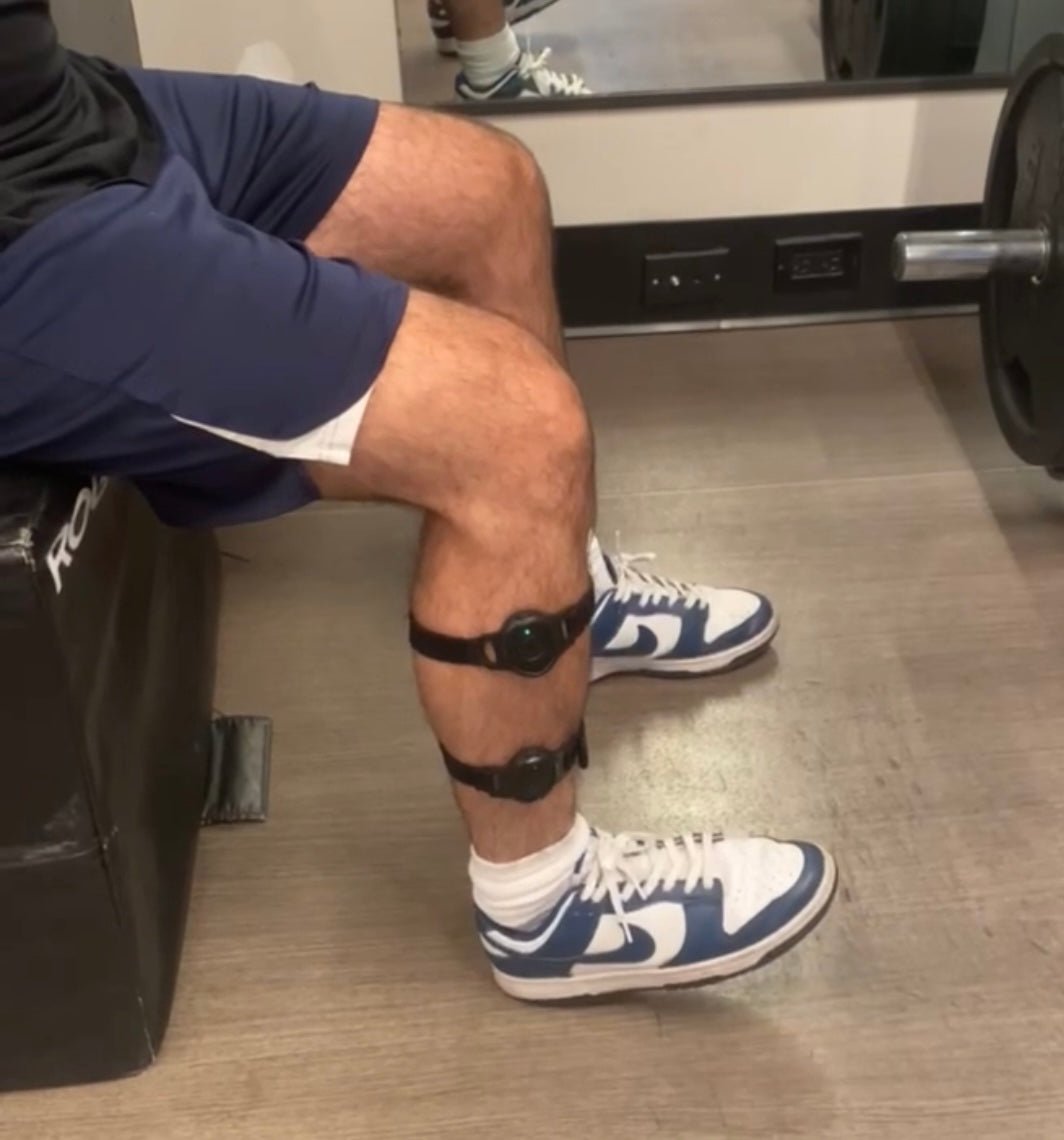The Benefits of Local Vibration Therapy for Motor Function
Motor function rehabilitation is a critical component of recovery for individuals who have experienced injuries, neurological disorders, or other conditions that affect movement. Local vibration therapy has emerged as a promising adjunct treatment in this field, offering unique benefits that can enhance the rehabilitation process. This article explores the advantages of local vibration therapy in motor function rehabilitation, its underlying mechanisms, and practical applications.
Understanding Motor Function Rehabilitation
Motor function rehabilitation aims to restore, enhance, or compensate for impaired movement capabilities. This rehabilitation is crucial for individuals recovering from various conditions, including:
- Stroke
- Traumatic Brain Injury (TBI)
- Multiple Sclerosis (MS)
- Parkinson’s Disease
- Spinal Cord Injuries
- Musculoskeletal Injuries
Traditional rehabilitation methods often include physical therapy, occupational therapy, and the use of assistive devices. However, incorporating innovative therapies like local vibration therapy can significantly improve outcomes.
What is Local Vibration Therapy?
Local vibration therapy involves delivering mechanical vibrations to specific body areas using specialized devices. You may want to incorporate the Pulse Device into your rehabilitation because it uses local vibrations that are aimed at stimulating muscles and tissues to promote healing and enhance motor function.
Click to Order the Pulse Device Now
Mechanisms of Action
Local vibration therapy exerts several physiological effects that contribute to its effectiveness in motor function rehabilitation:
-
Muscle Activation: Vibration stimulates muscle fibers and motor neurons, leading to involuntary contractions that help strengthen weakened muscles.
-
Increased Blood Circulation: The application of vibrations enhances local blood flow, delivering oxygen and nutrients to tissues, which is vital for healing and recovery.
-
Pain Relief: By activating mechanoreceptors, vibration therapy can reduce pain perception, making it easier for patients to engage in rehabilitation exercises.
-
Improved Proprioception: Vibration therapy enhances proprioceptive feedback, helping individuals better understand their body’s position and movement, crucial for coordination.
-
Facilitation of Neuroplasticity: Vibration therapy may promote neuroplastic changes in the brain and nervous system, which can be beneficial for recovering lost functions.
Benefits of Local Vibration Therapy in Motor Function Rehabilitation
1. Enhanced Muscle Strength
Local vibration therapy effectively targets specific muscle groups, promoting involuntary contractions that can help strengthen weakened muscles. This is particularly beneficial for patients who struggle to perform traditional exercises due to pain or limited movement.
2. Improved Coordination and Balance
By enhancing proprioceptive feedback, vibration therapy can improve coordination and balance, essential for safe and effective movement. Patients may find it easier to perform complex motor tasks, which can significantly impact daily activities.
3. Increased Range of Motion
Vibration therapy can help relax tight muscles and fascia, improving flexibility and range of motion. This increased mobility is critical for regaining functional movement patterns.
4. Pain Management
Chronic pain can hinder rehabilitation efforts. Local vibration therapy has been shown to reduce muscle tension and alleviate discomfort, making it easier for patients to engage in therapeutic activities.
5. Enhanced Motor Learning
For individuals recovering from neurological conditions, local vibration therapy can support motor learning processes. By providing consistent sensory input, vibration may facilitate the re-establishment of motor pathways in the brain.
6. Faster Recovery Times
The combined effects of enhanced blood circulation, reduced pain, and improved muscle function can lead to faster recovery times. Patients may progress more quickly through rehabilitation stages, allowing for a return to daily activities sooner.
7. Customizable Treatment Options
Local vibration therapy is highly adaptable to individual needs. Therapists can adjust the frequency, intensity, and duration of treatment to optimize outcomes based on the patient's condition and rehabilitation goals.
Practical Applications
Integration into Rehabilitation Programs
Local vibration therapy can be effectively integrated into various phases of motor function rehabilitation:
- Initial Phase: Used for pain management and to promote circulation in injured or weakened areas.
- Mid-Phase: Integrated into strength training and coordination exercises to facilitate muscle activation.
- Final Phase: Employed in functional training to refine movement patterns and enhance overall motor performance.
Conclusion
Local vibration therapy presents a range of benefits for individuals undergoing motor function rehabilitation. Its ability to enhance muscle strength, improve coordination, and promote neuroplasticity makes it a valuable tool in modern rehabilitation practices. As research continues to support its effectiveness, more clinicians are likely to incorporate local vibration therapy into individualized treatment plans. If you or someone you know is navigating the challenges of motor function rehabilitation, consider discussing the potential benefits of local vibration therapy with a healthcare provider to explore its role in enhancing recovery and restoring mobility.

